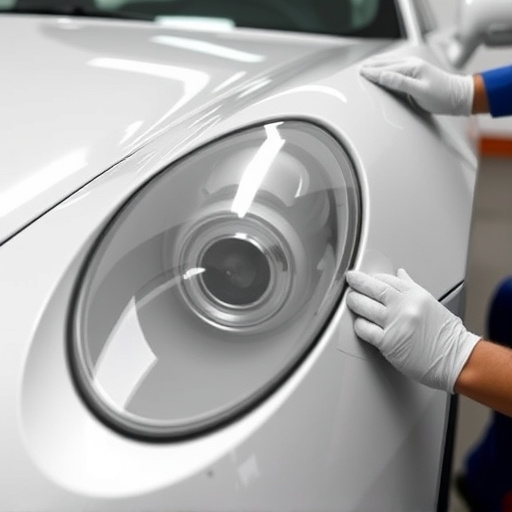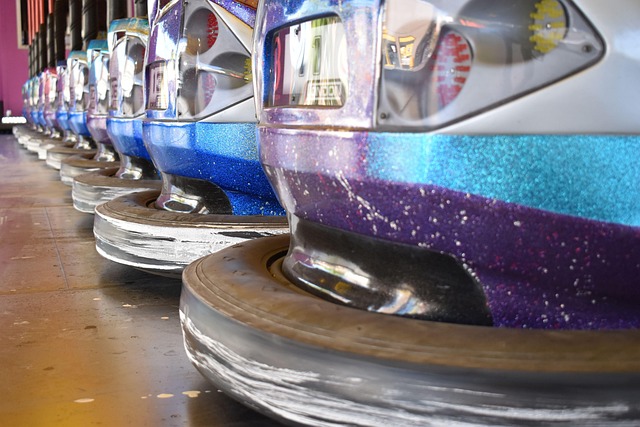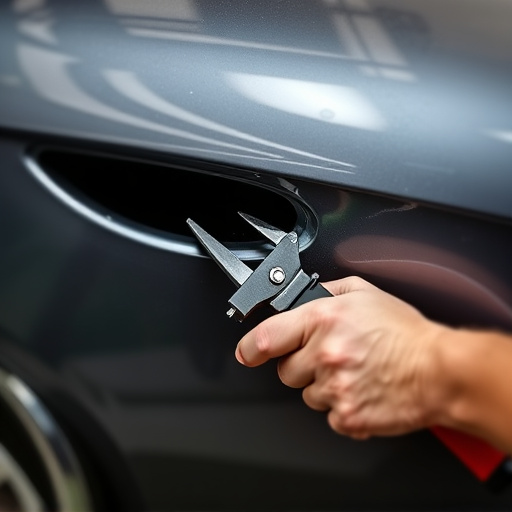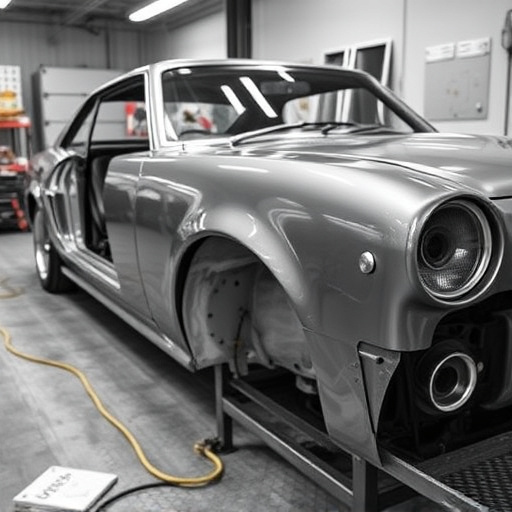Body panel insulation is a key strategy for maintaining comfortable interior temperatures in vehicles, reducing heat transfer between outside and inside, benefiting cars with less efficient air conditioning systems, and crucial for classic car restoration projects. This technology enhances comfort, preserves historical integrity, reduces noise levels, and improves the effectiveness of climate control systems, especially during varying weather conditions.
Body panel insulation is a game-changer in automotive design, offering more than just structural support. This innovative technology plays a pivotal role in achieving optimal interior climate control, enhancing passenger comfort year-round. By understanding the basics of how body panel insulation works and its key functions, we can appreciate its significance in modern vehicles. From temperature regulation to improved air quality, this material contributes to a comfortable and pleasant driving environment.
- Understanding Body Panel Insulation Basics
- Its Role in Temperature Regulation
- Enhancing Comfort: Interior Climate Benefits
Understanding Body Panel Insulation Basics

Body panel insulation is a crucial component in maintaining optimal interior climate control within vehicles. It refers to the process of adding thermal barriers or insulators to the metal panels that make up a car’s exterior body structure. These insulators can be made from various materials, each offering unique advantages in terms of heat retention or rejection, depending on the vehicle’s needs. The primary goal is to minimize heat transfer between the external environment and the interior cabin, ensuring passengers enjoy a comfortable temperature regardless of outside conditions.
This technique plays a significant role, especially in vehicles with smaller or less efficient air conditioning systems. By insulating specific body panels, such as doors, hoods, and trunks, heat from direct sunlight or external temperatures is prevented from penetrating and heating up the interior space. This simple yet effective strategy not only enhances climate control but also contributes to better fuel efficiency by reducing the workload on the air conditioning unit. Furthermore, it can be particularly beneficial in classic car restoration projects, where preserving historical integrity while improving modern comfort features like auto glass repair or car dent removal is a priority.
Its Role in Temperature Regulation

Body panel insulation plays a pivotal role in temperature regulation within a vehicle’s interior. It acts as a protective barrier, insulating the cabin from external thermal fluctuations. During hot summer days, it helps prevent excessive heat from entering the car, keeping the inside cool and comfortable for occupants. Conversely, in chilly winters, it retains the warm air generated by heating systems, minimizing heat loss and maintaining a cozy atmosphere.
This insulation is particularly crucial for classic car restorers and auto collision centers. By ensuring optimal temperature control, body panel insulation enhances the overall driving experience and preserves the vehicle’s interior. It contributes to both passenger comfort and the long-term protection of the car’s finish, making it an essential component in any comprehensive collision repair process.
Enhancing Comfort: Interior Climate Benefits

In today’s digital era, where comfort is a key priority for many drivers, body panel insulation plays a crucial role in enhancing interior climate control. By providing an additional layer of protection, this innovative technology helps maintain optimal temperatures within the vehicle cabin. This is particularly beneficial during hot summer days or cold winter nights, ensuring that passengers enjoy a comfortable and pleasant environment regardless of exterior conditions.
The benefits extend beyond temperature regulation, however. Body panel insulation also contributes to reduced noise levels, creating a quieter and more serene interior space. This feature is especially valuable for those who frequently drive on bustling roads or through areas with heavy traffic. Moreover, in the context of car restoration or vehicle paint repair, incorporating high-quality body panel insulation as part of the refurbishment process can significantly improve both the performance and longevity of the vehicle’s interior climate control system.
Body panel insulation plays a crucial role in maintaining optimal interior climate control, ensuring passengers enjoy comfortable temperatures year-round. By understanding and leveraging its temperature regulation capabilities, vehicles can offer enhanced comfort and reduced energy consumption. This simple yet effective solution contributes significantly to the overall vehicle experience, making it an essential consideration for modern automotive design.














